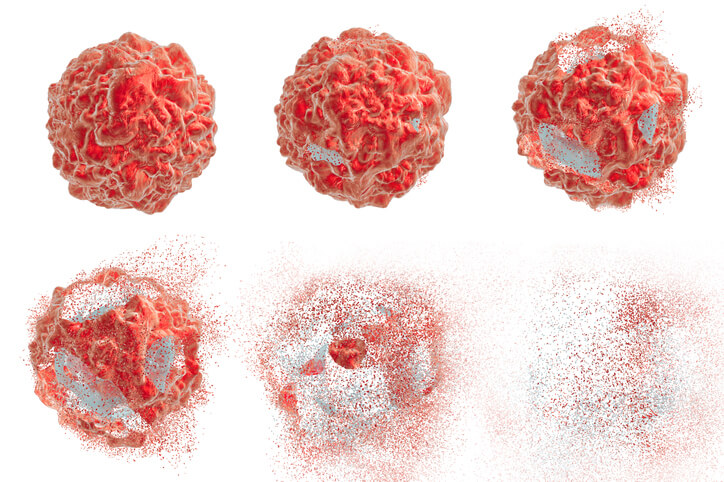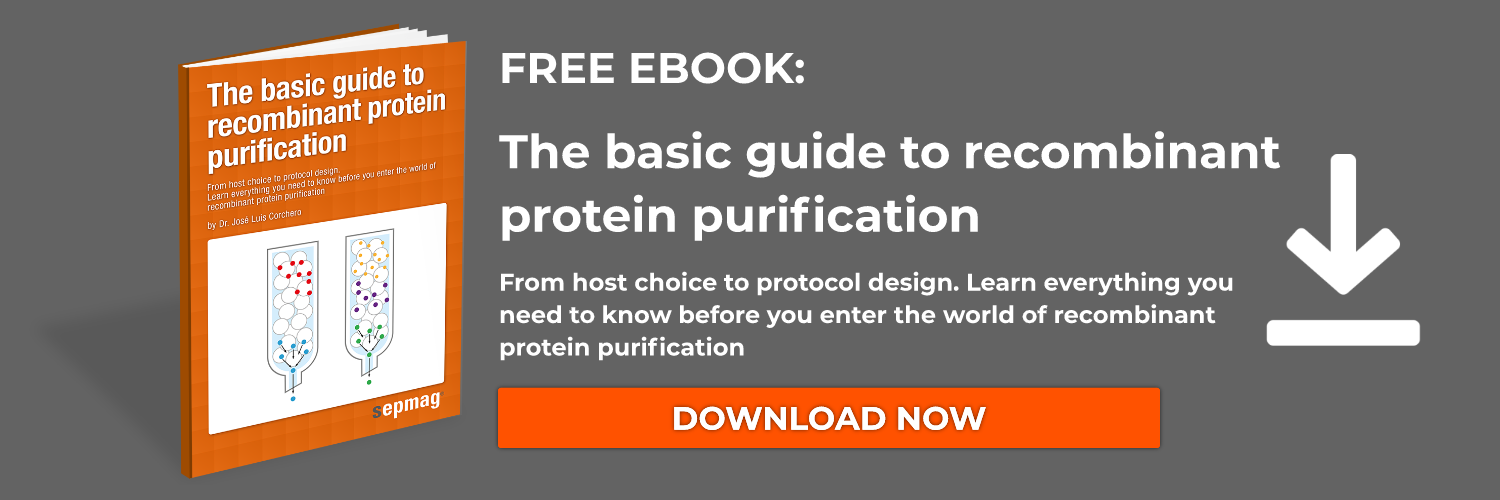General introduction to RIPA
RIPA stands for Radio immunoprecipitation assay. Let’s start out by talking about what a radio immunoprecipitation assay is and why it is used. In general, an immunoprecipitation assay uses antibodies to pull a protein of interest. The “immuno” part refers to the antibody (a molecule of the immune system) and the “precipitation” refers to a substance coming out of solution. You can read about the immunoprecipitation protocol in our other article "immunoprecipitation protocol". The radio part of this refers to using isotope labeling to track molecules. In a RIPA assay you radiolabel an antigen so you can track it when it binds an antibody, while the antibody is used to precipitate the antigen.
RIA vs RIPA
The RIA assay
The RIA assay is a competition assay. Antigen of interest is prelabeled with a radiolabel. The radio labeled antigen is allowed to bind to an antibody. The key thing to note at this part is that the quantity of antigen that is labeled is known. The antibody-labeled antigen is mixed with a sample of unknown quantity of the same antigen of interest. These antigens will outcompete the radiolabeled antigen for binding to the antibody. The radioactivity will decrease as increasing amounts of antigen are introduced. The radioactivity decrease allows you to visualize the decreasing quantity of pre-labeled antigen to confirm the presence of that antigen in some other solution/sample.
The RIPA assay
For the RIPA, instead of probing for antigen, you are probing for the antibody itself! Antigen is first radio-labeled, P32 and S35 are commonly used isotope labels. The antigen is allowed to mix with a sample/solution containing antibodies, like patient serum for example. Antibodies specific to your antigen will bind the labeled antigen. The antigen can then be precipitated or purified out of solution using a technique such as the protein A column or bead. You can read more about protein A purification in our article "Protein purification with protein A column or bead". In brief, protein A can be used to capture antibodies out of solution.
The RIPA buffer
The RIPA buffer is part of the first step of the RIPA assay. It is commonly referred to as the RIPA lysis buffer, because it serves in the lysis process. In order to obtain your antigen or protein you are interested in studying, you must first lyse the cells containing that protein. RIPA lysis buffer allows you to lyse cells or tissues chemically, an alternative to other mechanical lysis techniques that can be dangerous to some proteins. You can read more about other cell lysis techniques in our article "how to lyse cells".
RIPA buffer recipes
There are different types of RIPA buffers depending on your needs. You can buy them commercially or make your own in your laboratory. The buffer will contain mainly salts and detergents. The detergents will help lyse the membranes of cells to release the contents. Here are some salts and detergents you can use. You won’t use all of these, but different variations of these can produce the ideal lysis buffer for you. You will also want to add a protease inhibitor to your buffer to ensure that there is protein degradation. Many laboratories will use 1mM PSMF.
|
Salt |
Final concentration |
|
NaCl |
150mM |
|
Tris-HCl |
10mM |
|
EDTA |
1mM |
|
Detergent/ |
|
|
Triton X-100 |
1% |
|
SDS 10% |
0.1% |
|
Sodium deoxycholate 10% |
0.1% |
Lysis buffer is stored at either -4 or -20 degrees celsius. The buffer is added to cells and allowed to stand for a few minutes before centrifugation. After centrifugation the supernatant is stored, it contains your proteins to use for the RIPA assay.
Related news
- Magnetic beads in Chemiluminescent immunoassay (CLIA)
- Overview on Chemiluminescent immunoassay (CLIA)
- Magnetic immunoprecipitation (IP) input into western blot analysis





